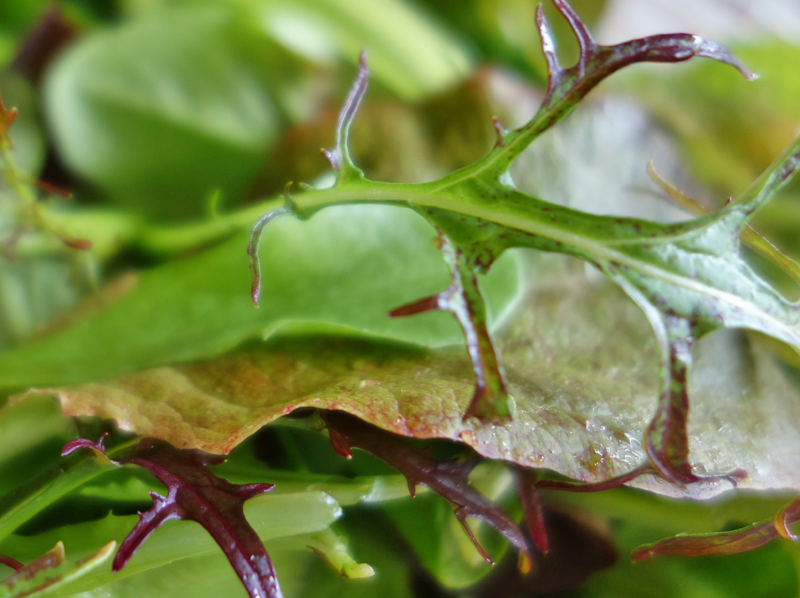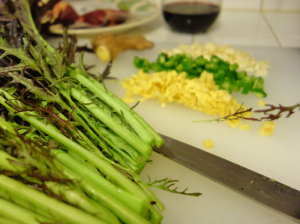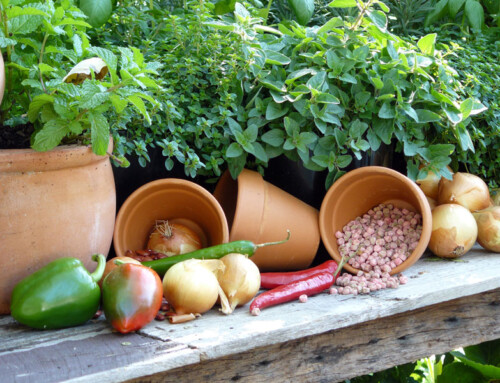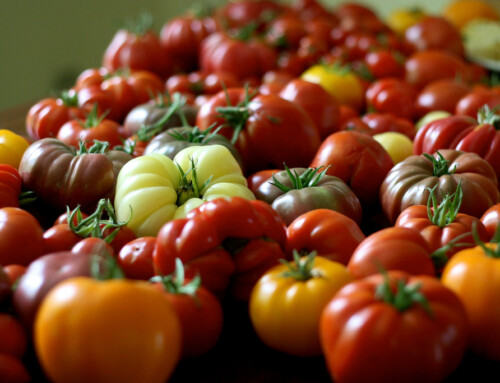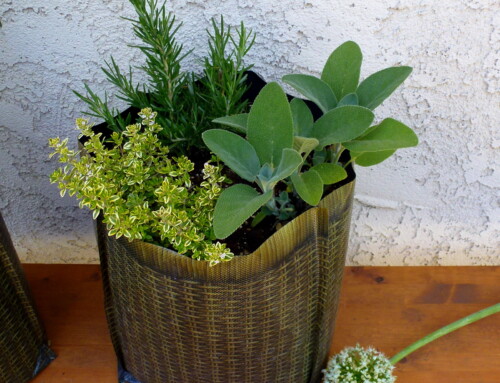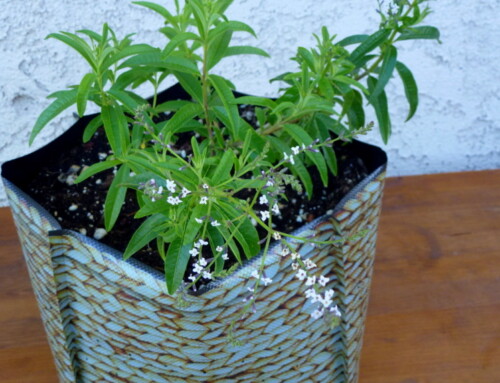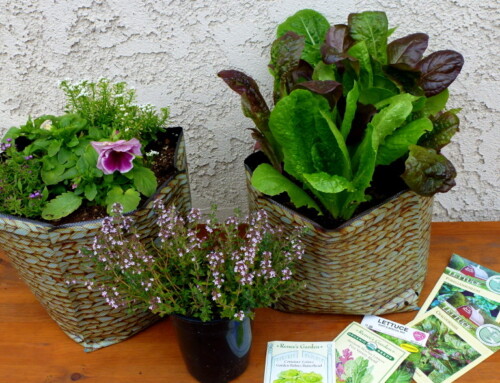Not sure if spicy greens belong on your plate? Read on to learn how we’ve grown to love mustards and other spicy greens over a lifetime of growing and cooking.
Spicy Greens in the Kitchen
Today we eat a lot of greens. In fact, we have them at just about every meal in at least one form. There may be a leafy green salad with spinach, cabbage and lettuce in addition to a wilted side of kale or chard. And, quite often, our main dish may be a stir-fry filled with garden-fresh spicy mustard greens.
Growing up in the south meant some sort of “greens” were served at just about every dinner. Unfortunately, more often than not, they were cooked into a mushy grayish pile of slop that never brought out the best in these tasty leaves.
Pulled from the pressure cooker where they’d been stewed with a bit of ham hock, this gloppy mess was piled onto our plates alongside tasty ribs and cornbread. And, doused in a soup of vinegar, they weren’t half bad despite their over-cooked, slimy texture and muddy color.
Time, travels, and experimentation have taught me that spicy greens don’t need to be reminiscent of pig slop. Fresh from the garden, there’s no need to boil – or pressure cook – these nutritious foods.
Sure, a bit of vinegar splashed on a sautéed side still adds brightness, but serving them with a bit of snappy texture not only gives our bodies added fiber to process, but also captures our eye with bright colors on our plate. And picked young, these spicy greens even taste great raw in a salad.
Growing Spicy Greens
Before we can bring spicy greens to our plate, however, we need to grow them in our gardens.
In general, spicy greens (or mustards as most are known) are part of the brassica family, which also includes broccoli, kale, cauliflower and the like. The mustards group, however, is quite a bit spicier than its milder cousins, and many of them grow rapidly from seed to harvest.
Most seed packets will recommend sowing mustard seeds directly into the soil in which they will grow. But, because these are mostly cool-season crops, some gardeners may find it necessary to get them growing inside while outdoor soil is frozen and covered in snow.
If you do sow spicy greens indoors, be prepared to start transplanting them within about a week of seeding. Then, slowly acclimate the seedlings to the outdoors before finally transplanting them into their veggie plot locations.
In my Pacific NW garden, I usually start seeds indoors in February and later transplant them into hoop house beds no later than mid-March. By April or May we are harvesting these fast-growing crops, which by June will begin toughening up and going to seed.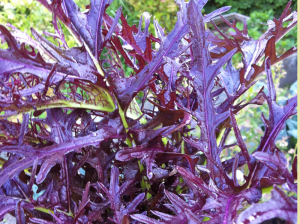
If you live in a warmer climate, look for varieties known to perform under heat. But regardless of which spicy greens you grow, know that these greens mature rapidly. So don’t hesitate to harvest them while they are tender and young — or you may miss out.
Spicy Greens to Try
Want to choose the right mustards or other spicy greens for your garden?
‘Ruby Streaks’ is a particularly beautiful, airy, burgundy plant, which is stunning in the garden and delicious in a stir-fry.
‘Mizuna’ is a tiny, delicate leafy green best served raw in an early season salad.
As well, many seed vendors offer mixed spicy green packets from which you can grow a mixed, “cut-and-come-again” stir-fry, baby green bed.


